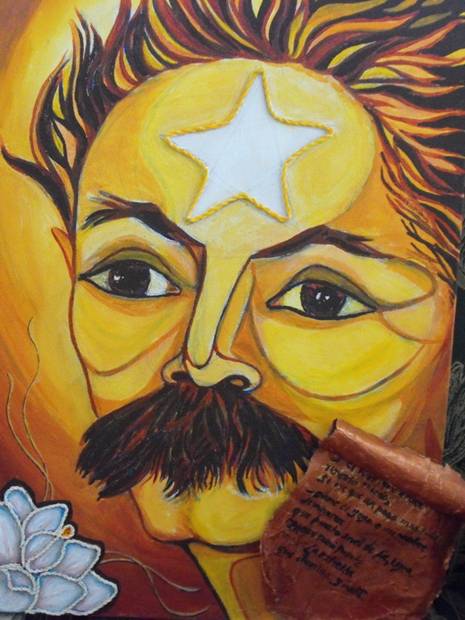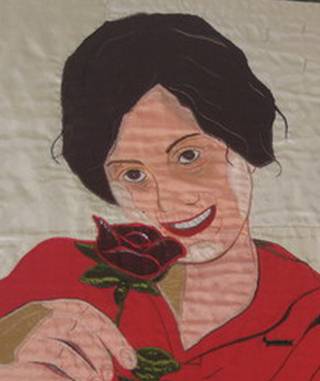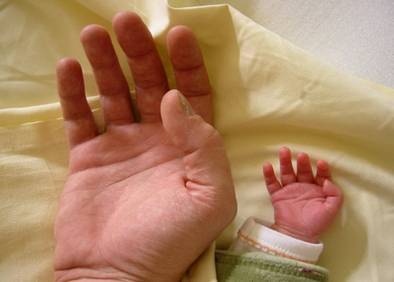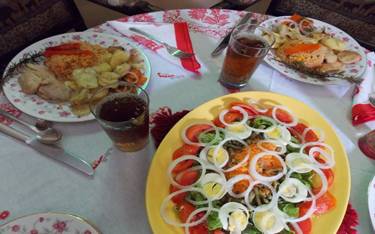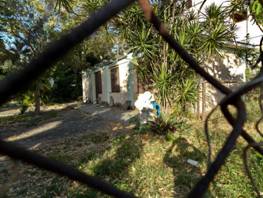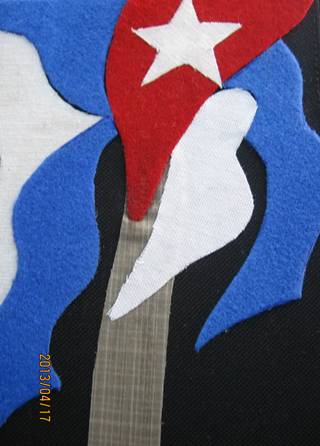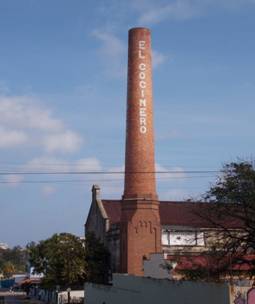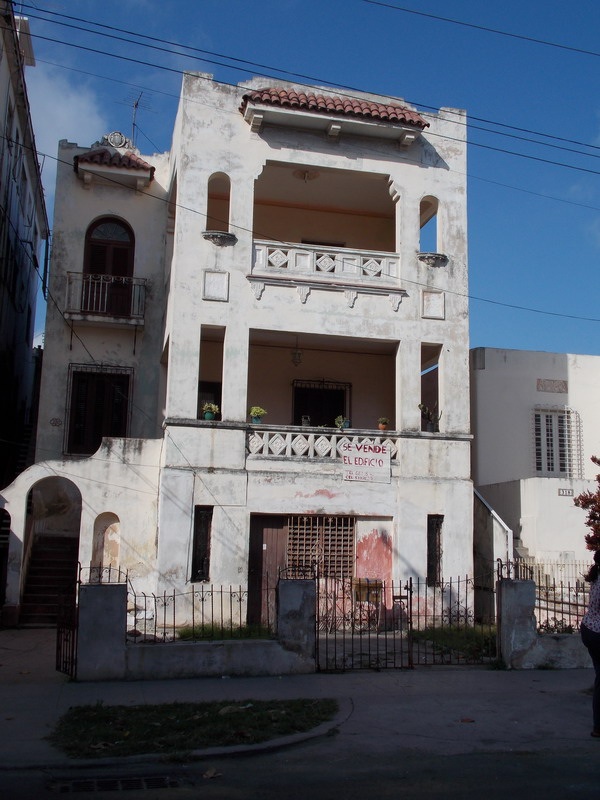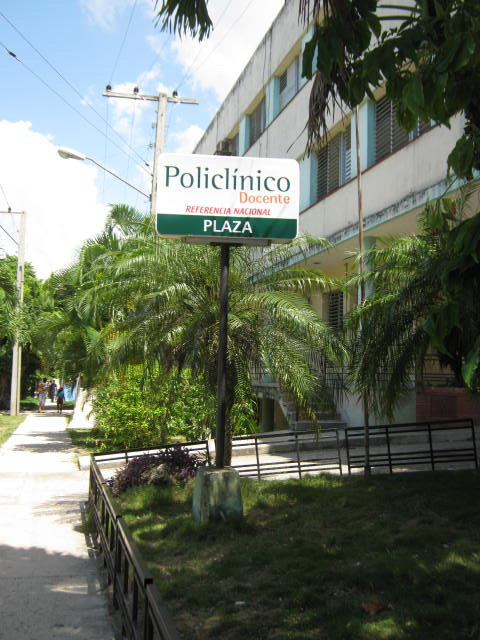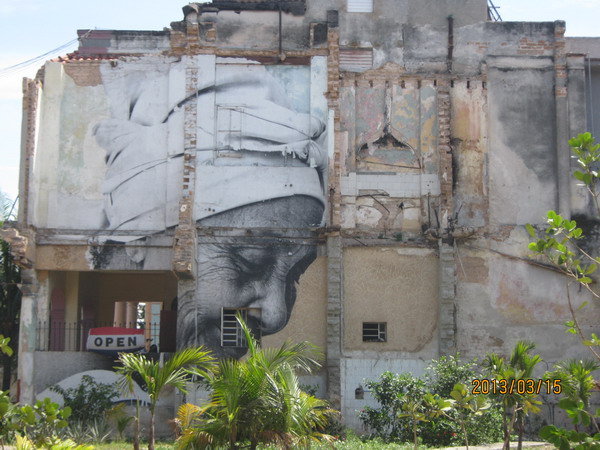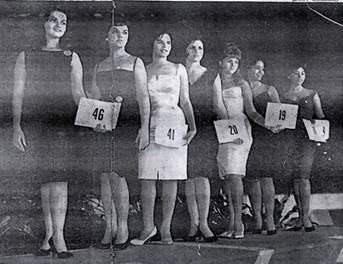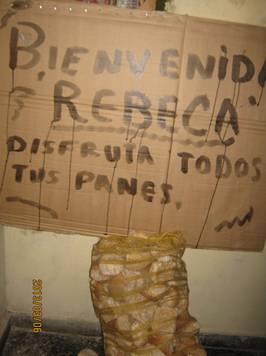 From the moment you know that one of the above mentioned wants to invite you, the Odyssey begins: expensive procedures, paperwork and disbursements, occasionally excessive (in relation to our country), insurance policy if you are travelling to Europe, the cost of the visa, etc. Anyway, all these procedures and payments have to be carried out in CUC, the hard currency, which is precisely not what your salary or pension is paid in. That’s without taking account of the fact that the ticket has to be paid for by the person inviting you.
From the moment you know that one of the above mentioned wants to invite you, the Odyssey begins: expensive procedures, paperwork and disbursements, occasionally excessive (in relation to our country), insurance policy if you are travelling to Europe, the cost of the visa, etc. Anyway, all these procedures and payments have to be carried out in CUC, the hard currency, which is precisely not what your salary or pension is paid in. That’s without taking account of the fact that the ticket has to be paid for by the person inviting you.
Many people will say to you before you set off on your outbound trip: listen, when you are over there, take the opportunity and connect to the internet, and bring everything you can, because this is your first trip of the year and here you pay on entering in Cuban pesos.
What nobody tells you and what you have to be very clear about is that you can connect when your host lends you his computer, and that the excess baggage which is very expensive is paid for in the country where you board, not where you arrive. And believe me it would be too unfair to also charge this expense to your hosts’ account!
Generally speaking most of us travel with hardly even any change in our pocket, which can be very worrying. You can be sure that you are going to be waiting around at the airport because with what you’ve got you can’t afford a taxi, as well as the likelihood that any rascal, seeing your worried face, will try to take advantage of you.
Once you’ve got to your destination and having had the happiness of seeing faces you know waiting for you, you begin the other stage of your journey: accommodation. You need to accept your host’s arrangements with a smile on your lips, in order not to put him to more inconvenience or expense.
You will enjoy all the meals and outings which they have planned and you will offer infinite thanks for all the presents they give you, even if you don’t like them or they are not your size in terms of clothing, because you are also thinking at that moment of the friends you have left on your planet to whom you would like to take back something.
Among your excursions there will definitely be included a visit to a big shopping mall, and your eyes will pop when you see the great quantity and variety of things on sale. At that moment you will recognise how wretched you feel about not having the funds to pay for something you have needed or fancied for a long time. Try as hard as possible to resist a visit to IKEA because going there could give you a heart attack.
After enjoying yourself like a little kid who is given presents, you come to the moment when you have to go back to your real world. That’s when the big problem begins. maybe three days before your return date you will feel a stomach pain and will feel nervous or stressed thinking about how you are going to fit in the suitcase they have lent you all the things you have been given. You don’t have the money to pay for excess baggage, and it would be very painful to leave it
… because you need it to buy food on your return. At that moment your coat (if you took your trip in winter)
… which they have given you will be very heavy and you will have to wear it going back even though it’s hot.
Finally, when you arrive, you will suffer with a mixture of impatience and relief, the huge line you have to wait in order to get thru Cuban customs, something you have forgotten about, due to the speed with which you got thru in the other countries.
Some good neighbour will be waiting for you on your arrival, with the loaves of bread, which are entered in your ration book and which he has been good enough to keep for you.
Translated by GH
12 March 2013
